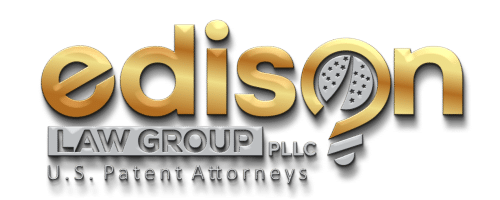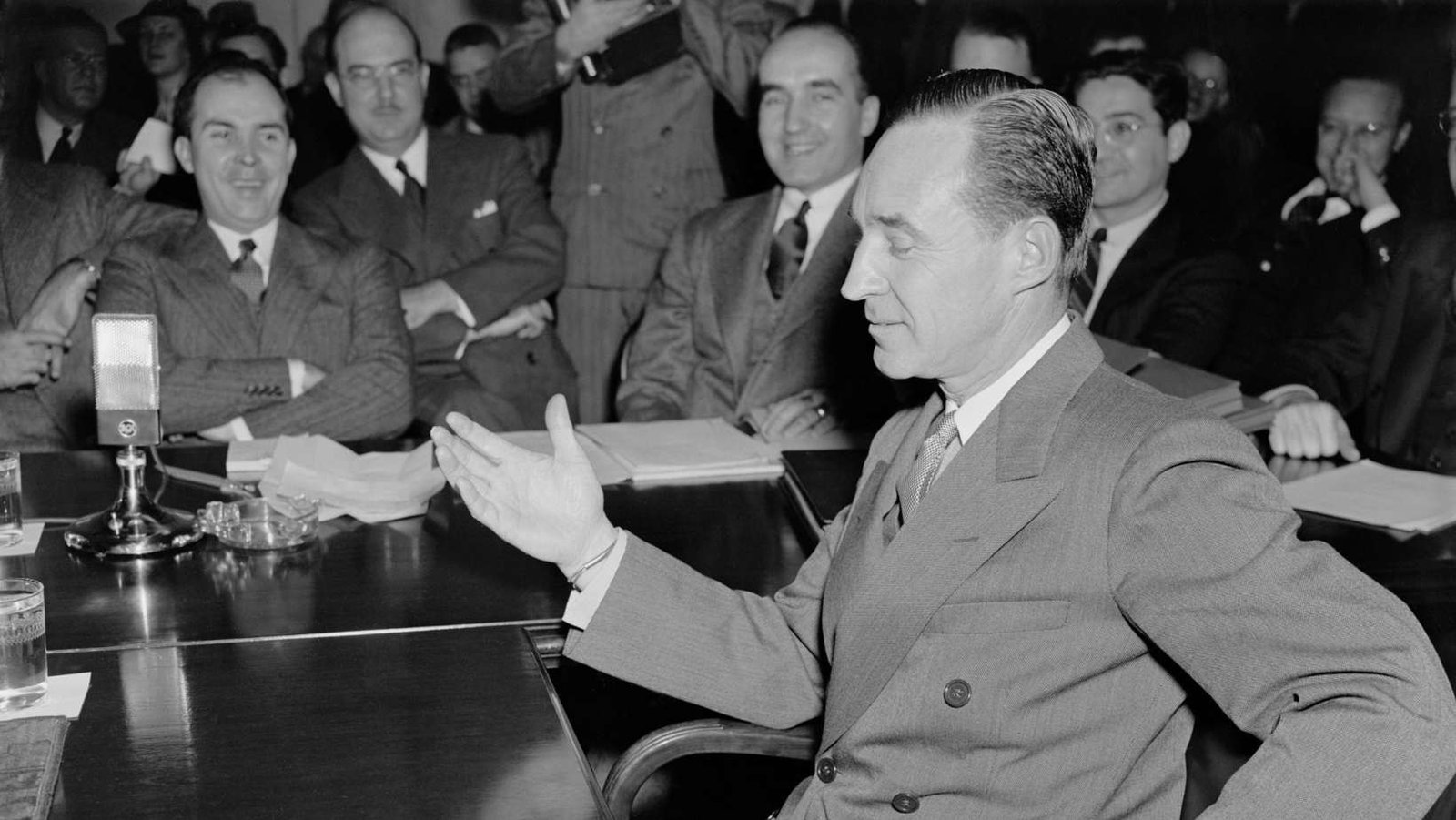What are the three 3 basic requirements of a utility patent?
Sure, utility patents, which are one of the primary types of patents granted by the United States Patent and Trademark Office (USPTO), have three basic requirements:
- Usefulness: The invention must have a practical application or be useful in some way. It should serve a beneficial purpose and actually work as described in the patent application.
- Novelty: The invention must be new and original. It should not have been publicly disclosed, used, patented, or described in a printed publication before the filing date of the patent application. This means the invention must not be something that already exists or is obvious based on existing knowledge.
- Non-obviousness: The invention must not be an obvious improvement or combination of existing inventions to someone skilled in the relevant field. It should involve an inventive step that is not straightforward or obvious to experts in the field. In other words, it needs to show a level of innovation beyond what would be considered routine for someone knowledgeable in the area of the invention.
Meeting these three requirements is crucial for a utility patent to be granted, protecting the rights of the inventor for a certain period and preventing others from making, using, selling, or importing the claimed invention without permission.
What does a utility patent application look like?
A utility patent application is a detailed document that includes various sections and information about the invention. While the specifics can vary, here’s an overview of what a typical utility patent application includes:
- Title and Abstract: The application starts with a title that succinctly describes the invention. Following the title, there’s usually an abstract summarizing the invention’s key aspects, purpose, and advantages.
- Background: This section provides context for the invention. It may describe the existing problems or shortcomings that the invention aims to address. It can also include a brief description of prior related inventions.
- Summary: This part provides a concise overview of the invention, including its purpose, components, and how it works. It highlights the novel aspects and the advantages compared to existing solutions.
- Detailed Description: This is the heart of the patent application. It includes a thorough, detailed description of the invention, its components, how it’s made or used, and any variations or embodiments. Diagrams, drawings, and figures are often included to supplement the written description and illustrate the invention’s various aspects.
- Claims: The claims section defines the legal boundaries of the patent. It consists of one or more specific claims that precisely outline what the inventor believes should be protected by the patent. These claims define the scope of protection and are the most critical part of the patent application.
- Drawings: Detailed drawings or diagrams are often included to visually represent the invention. These illustrations complement the written description, providing a clearer understanding of the invention’s structure and function.
- Declaration or Oath: This is a statement signed by the inventor (or inventors) declaring that they are the original inventors of the disclosed invention and acknowledging the duty to disclose all relevant information about the invention.
- Filing and Application Information: Details about the filing date, inventor(s), applicant(s), and any prior applications related to the current invention are provided.
- Examination and Prosecution History: This section includes correspondence and any communication between the patent office and the inventor or their representative during the examination process. It may include responses to office actions and any amendments made to the application.
Submitting a utility patent application involves careful drafting to ensure clarity, completeness, and compliance with patent laws and regulations. The application undergoes examination by patent office officials, and revisions or additional information may be requested during the review process.
How long does it take to get a utility patent approved?
The time it takes to get a utility patent approved can vary significantly and depends on several factors:
- Patent Office Processing Time: The workload and efficiency of the patent office where the application is filed can influence the processing time. Generally, patent offices aim to examine applications within a reasonable timeframe, but backlogs or varying workloads can affect the duration.
- Complexity of the Invention: The complexity of the invention, the number of claims, and the depth of examination required to assess the novelty and nonobviousness can impact the time taken for approval. More complex inventions may undergo lengthier examination processes.
- Response Time and Amendments: The time taken for applicants to respond to office actions or requests for amendments also affects the overall timeline. Prompt and comprehensive responses can expedite the process, while delays in responding can extend the time to approval.
- Examiner’s Review: The examiner’s workload, expertise in the specific field of the invention, and the thoroughness of their review can influence the processing time. Some examiners might require more time to assess certain applications thoroughly.
- Backlogs and Appeals: If an application faces rejections or objections, appeals, or multiple rounds of examination, it can significantly prolong the time to patent approval.
On average, the process can take several years from the initial filing to the grant of a utility patent. In the United States, it’s not uncommon for the process to take around 2 to 3 years or even longer in some cases. However, expedited procedures or prioritized examinations are available in certain jurisdictions for specific circumstances, which can potentially shorten the timeline.
It’s important to note that each patent application’s journey is unique, and various factors contribute to the overall processing time. Applicants can monitor the progress of their application through communication with the patent office and timely responses to office actions to help streamline the process.
What are the disadvantages of a utility patent?
Utility patents offer valuable protections for inventions, but they also come with certain disadvantages:
- Limited Duration: Utility patents have a finite duration. In most countries, utility patents have a lifespan of 20 years from the filing date of the application. Once the patent expires, others can freely use the patented invention without permission. This limited duration might not be sufficient for certain inventions, especially in industries where technological advancements render innovations obsolete relatively quickly.
- Public Disclosure: To obtain a utility patent, inventors must disclose the details of their invention in the patent application. This disclosure becomes public information once the patent is granted. While this can protect the invention from being copied, it also means that the details become available for anyone to study and potentially improve upon or design around once the patent expires.
- Costs and Complexity: The process of obtaining a utility patent can be expensive and complex. Patent filing fees, attorney fees, and maintenance fees add up, especially if the application faces multiple rounds of rejections or requires amendments. For individuals or small businesses, these costs can be a significant barrier to obtaining patent protection.
- Subject to Challenges and Litigation: Utility patents are enforceable legal documents, but they are also subject to challenges and litigation. Competitors might challenge the validity of a patent, leading to legal disputes and associated costs. Defending the patent in court can be time-consuming and expensive.
- Narrow Scope of Protection: The claims in a utility patent define the scope of protection. Sometimes, getting broad claims that cover all potential variations or applications of an invention can be challenging. This might lead to a situation where competitors can work around the patented technology by making slight modifications that fall outside the protected scope.
- Maintenance Requirements: Utility patents often require maintenance fees to keep them in force. Failure to pay these fees can result in the patent expiring prematurely, leaving the invention unprotected.
Considering these disadvantages, inventors and businesses should weigh the benefits of obtaining a utility patent against these potential drawbacks and consider their specific circumstances before pursuing patent protection.
Is a utility patent worth it?
Yes, a utility patent can be immensely valuable. It offers legal protection, deters competition, attracts investors, and can secure market advantage. However, it’s worth depends on factors like innovation lifespan, industry, and potential returns against costs and disclosure.

